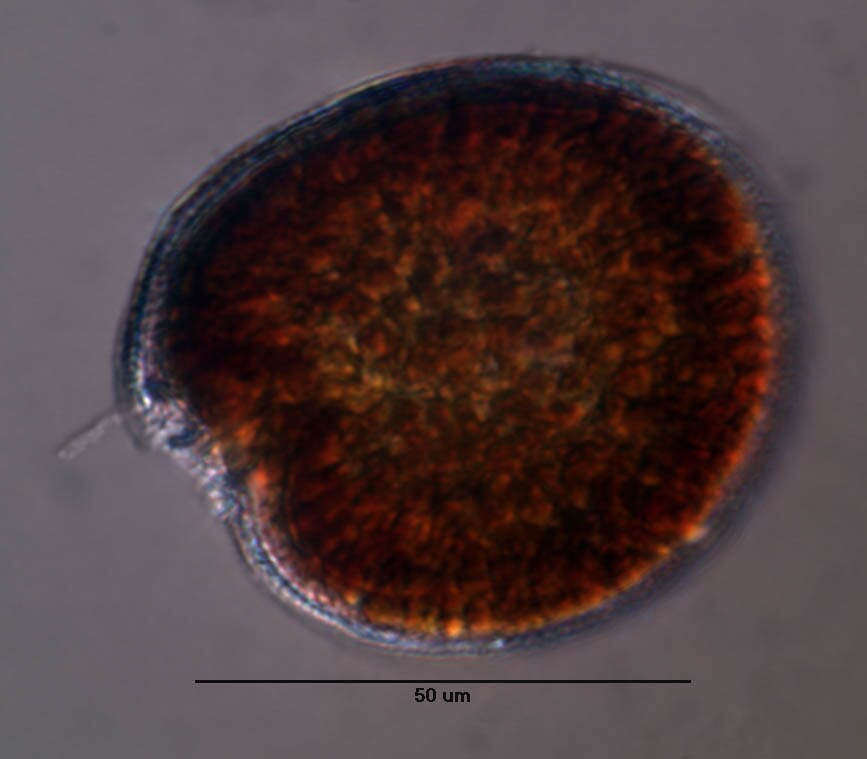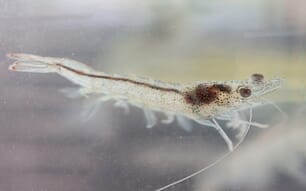People can be affected by ciguatera, the most common form of algal-induced seafood poisoning, by eating contaminated tropical marine reef fish such as grouper, snapper and barracuda. The fish can become contaminated with ciguatoxins, potent neurotoxins produced by Gambierdiscus, a microscopic algae common in the tropics.
Ciguatera-causing algae are abundant in the Caribbean, and ocean warming would enable some of those species to move northward, increasing its presence in the Gulf of Mexico and US southeast Atlantic. Warmer temperatures could also mean larger and longer blooms of harmful algae, including those that produce ciguatoxins.
In the Caribbean, Gambierdiscus are already near the top of their preferred temperature range. Higher temperatures are likely to inhibit the growth of these cells, slightly decreasing the risk of ciguatera in the Caribbean.
“This is another example of how we can use NOAA’s observing and forecasting expertise to anticipate and prepare for environmental change and its impact on coastal communities and economies,” said Mary Erickson, director of NOAA’s National Centers for Coastal Ocean Science, which conducted the research.
“It contributes to NOAA’s larger efforts to build a ‘climate-smart’ nation resilient to climate and weather extremes, and long-term changes.”

For this study, researchers projected water temperatures in the greater Caribbean through the year 2099, based on 11 global climate models and data from NOAA buoys in the Caribbean and Gulf of Mexico. Forecasted temperature changes were then used to project the effects of ocean warming on the growth, abundance and distribution of two groups of ciguatera-causing algae (Gambierdiscus and Fukuyoa).
More than 400 fish species are known to become toxic. In US waters, ciguatera occurs in Hawaii, Guam, southern Florida, Puerto Rico, the US Virgin Islands, and occasionally in the Gulf of Mexico, extending around the southeast US coast as far north as North Carolina. Ciguatera impedes development of fisheries resources in many regions of the world. Toxins produced by Gambierdiscus contaminate marine animals such as corals and seaweeds, and the carnivores that feed upon them, causing toxins to move into the food chain.
“Contaminated fish have no specific taste, color, or smell and there is no easy method for measuring ciguatoxins,” said Steve Kibler, a NOAA scientist and the study’s lead author.
“However, we can forecast risk based on where and when we are likely to find the algae that produce ciguatoxins.” The forecast will allow communities to target monitoring, saving resources by focusing only on areas and times when ciguatera is likely to be present.
The results of the study have been published in the journal Ecological Modeling.




